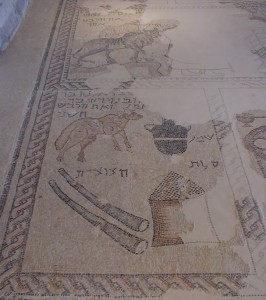Home » Greco-Roman Period » The Rabbis » The Tannaim and their Institutions (circa 70-3rd Century CE)

- From Text to Tradition
- From Pharisees to Rabbis
- The Tannaitic Academies
- Primary sources
- Mishnah Hagigah 2-2-3, Tosefta Hagigah 2-8, 10- Rabbinic Traditions about the Pharisees
- Josephus, Antiquities XIV, ch. 4-5- Herod’s Trial before the Sanhedrin
- Josephus, XV, 2-3, 368-70- Sameas and Pollio
- Tosefta Pesahim 4-13- Hillel’s Rise to Power
- Jerusalem Talmud Pesahim 6-1 (33a)- Another Version of Hillel’s Rise to Power
- Sifre Deuteronomy 113- Hillel as Legislator
- Babylonian Talmud Shabbat 30b-31a- The Patience of Hillel
- Acts 5- 33-39 Words of Rabban Gamaliel I
- Josephus, Life 191-8- Simeon ben Gamliel I
- Josephus, War I, 110-12- The Pharisees in Power
- Babylonian Talmud Eruvin 54b- The Teaching of the Oral Torah
- Mishnah Avot 1-5- The Ethics and Wisdom of the Rabbis
- Babylonian Talmud Bava Mezia 59a-b- The Bet Midrash and Divine Law
- Iggeret Rav Sherira Gaon 1-2- The First Generation of the Tannaim
- Images
- Beth Shearim Catacomb, Lower Galilee, 2nd-4th centuries CE.
- Menorah in the Beth Shearim Catacomb, Lower Galilee, 2nd- 4th centuries CE.
- Aerial view of the city of Sepphoris, Lower Galilee.
- Detail of mosaic in a Roman house in Sepphoris, Lower Galilee, 3rd century CE.




